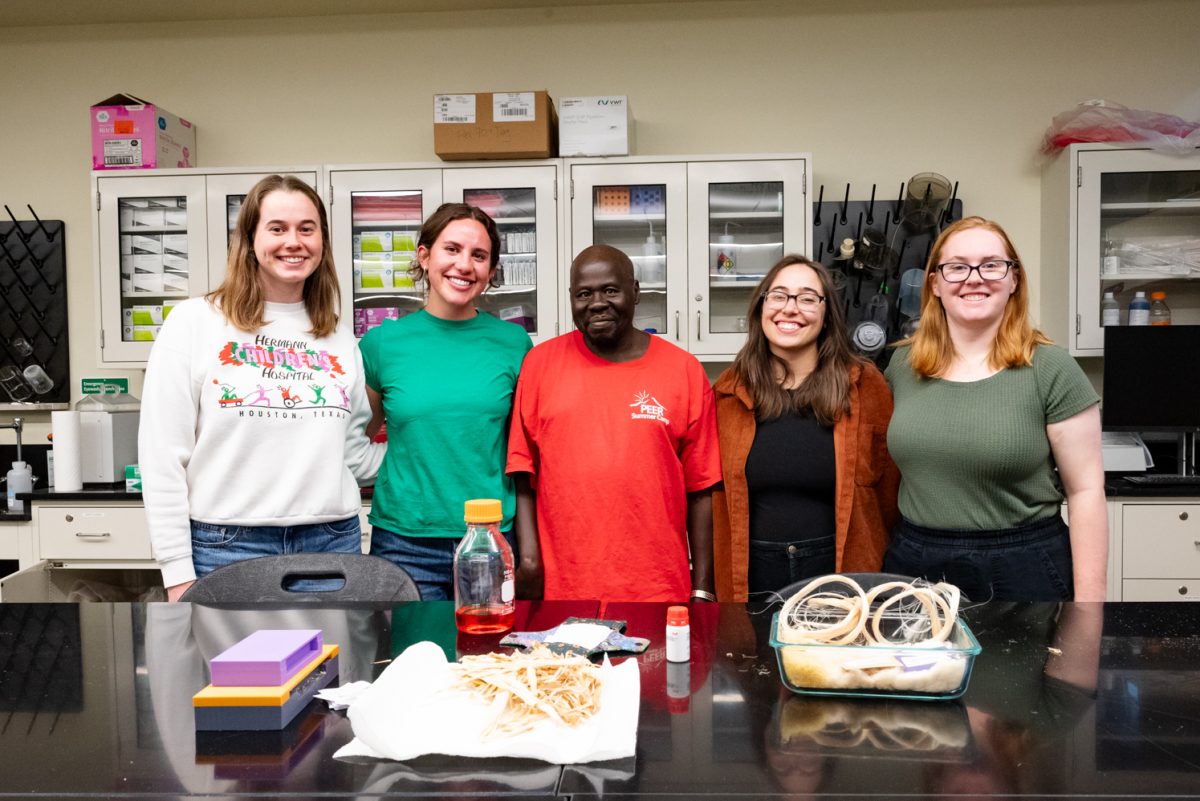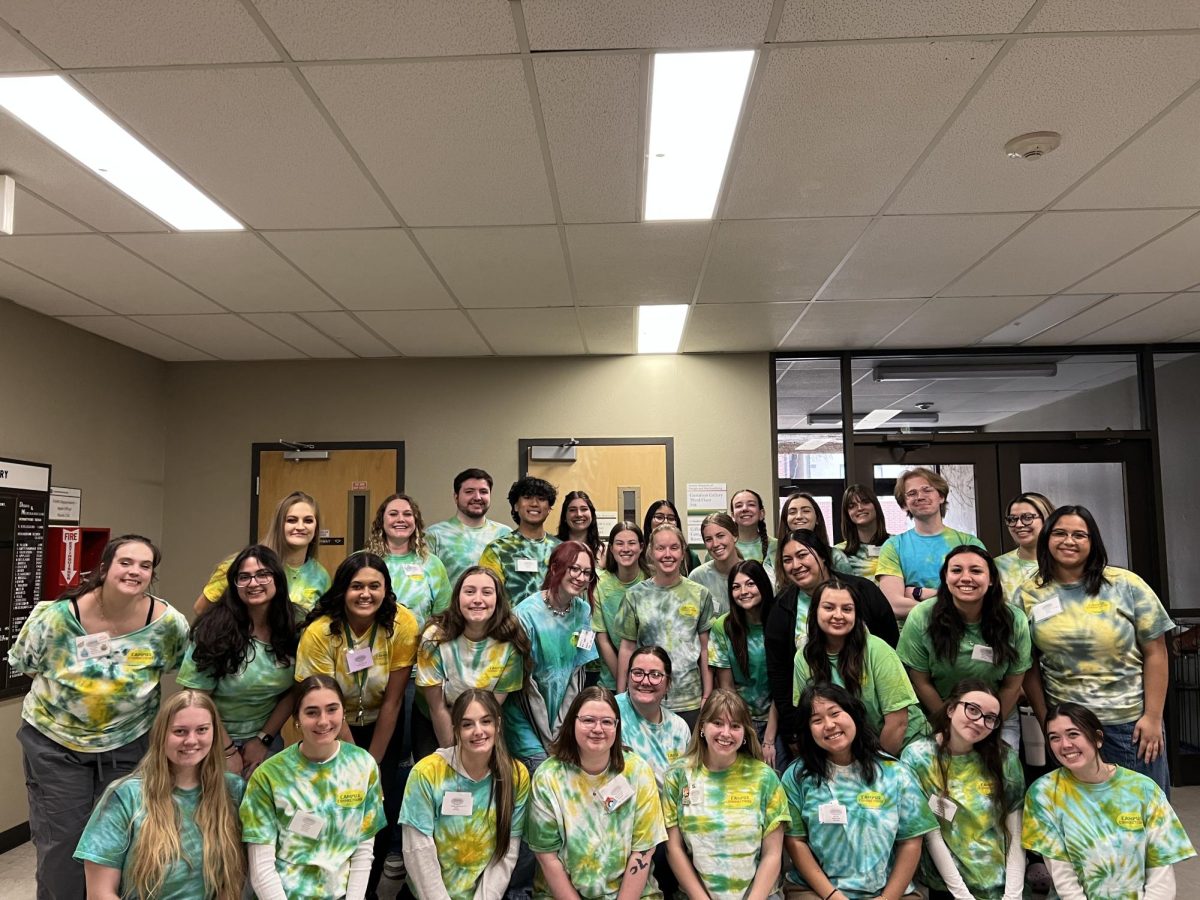
Colorado State University is a host of life-changing research, including improving the diagnosis of more challenging diseases to detect.
Jesse Wilson, 2018 Boettcher Investigator and electrical and computing engineering assistant professor, was awarded the Boettcher Investigator title for his research in biomedical imaging, specifically to look at mitochondrial diseases.
The Boettcher Investigators are selected from early-career professors in Colorado whose research is in the biomedical field. The award gives $235,000 in grant funding for three years of research, according to the Boettcher Foundation’s website.
Wilson is specifically looking at the mitochondrial defect called Barth Syndrome, which is a genetic defect in the mitochondria where the organelle doesn’t produce enough power to function properly. This can lead to massive amounts of cells dying, which is shown in irreversible muscle loss in young children.
“Children with mitochondrial disease will rarely survive past the age of 12,” Wilson said.
“People can be born with defects in their mitochondria,” Wilson said. “If your cells don’t have the ability to utilize oxygen and to generate enough ATP to really thrive, the consequences can be really disastrous.”
Diagnosis of mitochondrial disease can take three to six months because we currently lack the technology to look directly at the electron transport in the mitochondria. Around two children in the United States are diagnosed with a mitochondrial deficiency every day. If a faster diagnosis can be made, lives could be saved.
“One patient had told me (a mitochondrial disease) was like: imagine that feeling you get after working out, where you’re lifting weights and you get really sore. Imagine that with every step that you take every single day,” Wilson said. “Biochemically, it’s basically the same type of thing. They’re rare diseases but they’re very tough for clinicians to work with.”
People can be born with defects in their mitochondria; either through mutations in the mitochondrial DNA… and basically if your cells don’t have the ability to utilize oxygen and to generate enough ATP to really thrive, the consequences can be really disastrous. And children with mitochondrial disease will rarely survive past the age of 12.” – Jesse Wilson, Boettcher Investigator
With their funding, Wilson and Erkang Wang, an electrical engineering graduate student, are beginning their research focusing on analyzing electron transport proteins found in the mitochondria.
The mitochondria, contains cytochromes, proteins that take part in the generation of ATP, specifically during the last step in the electron transport chain that requires oxygen. Cytochromes mediate the flow of electrons from their source, sugars and fatty acids, to combine with oxygen, much like how a riverbed mediates the flow of water from a mountain lake down towards the sea, Wilson said.
If there’s a blockage or a leak in electron flow, it could be connected to a mitochondrial disease.

“Their ATP generation within the mitochondria is not standard for cancer cells,” Wang said. “So by detecting (the cytochrome), we can tell how much ATP is generated in the mitochondria and we can detect cancer cells.”
Wilson and Wang want to use this ultrafast pump-probe microscope to learn more about the cytochrome and how, through the cytochrome’s electron activity, mitochondrial diseases like Barth Syndrome can be diagnosed noninvasively.
“The main thing is we want to look at living, breathing biological tissue, and we want to look at how the mitochondria is functioning when it’s alive,” Wilson said. “And if we’re using photons, light, and we don’t have to stain our samples or dye it or anything like that. We can measure tissue in its native state.”
The source is divided into two pulses that pulse at a duration of less than a picosecond, which allows the microscope to detect more information on the electrons in the cytochrome, Wang said. There are one billion picoseconds in one second.
When the laser is absorbed by the sample, the electrons in the cytochrome have enough energy to move from a ground state, where the electron normally rests, to an excited state, a position of higher energy.
The microscope measures excited state lifetime, or how long the electron will stay in this high energy state. The excited state lifetime of the cytochrome shows if the cytochrome is oxidized or reduced.
With cytochromes, oxidized means a molecule has given up its spare electron to a molecule downstream in the electron transport chain. Reduced means it has received a spare electron from a molecule upstream in the electron transport chain, Wilson said.
“There’s a glimmer that we think we’re actually seeing some changes in our pump-probe signal that corresponds with what the mitochondria are actually doing, how the cells produce their energy,” Wilson said.
Julia Trowbridge can be reached at news@collegian.com or on Twitter @chapin_jules.










